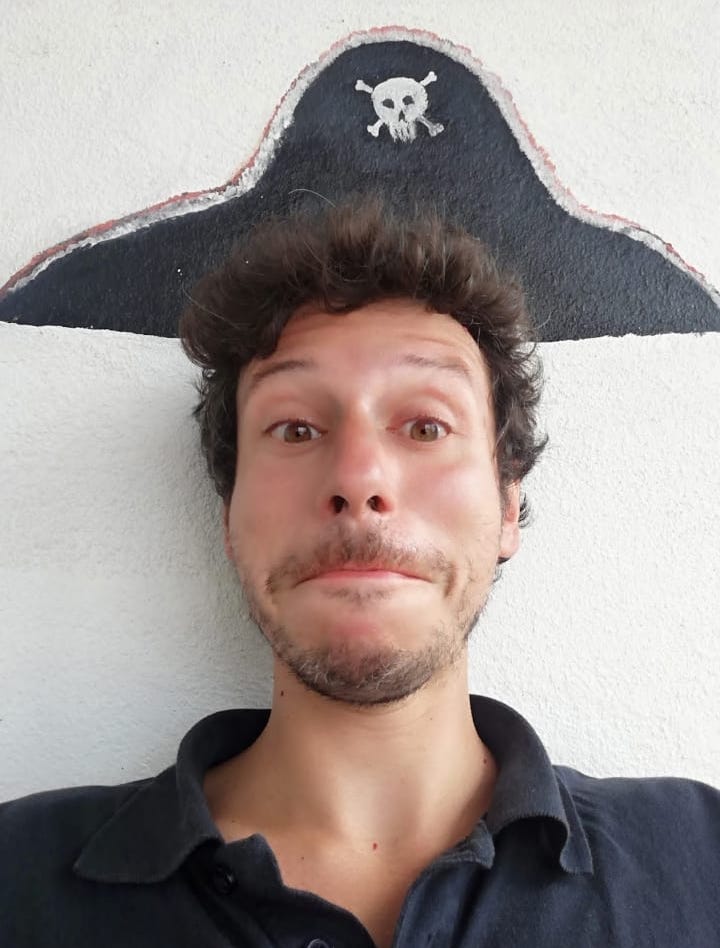MapGES 2018
Mapping deep-sea biodiversity and “Good Environmental Status” in the Azores
Summary
Mapping deep-sea biodiversity and “Good Environmental Status” in the Azores
The MapGES 2018 cruise spanned a total of 4 days, in which 3 different areas were explored with the drop-down camera system and BRUVs: Dom João de Castro, Alcatraz and Mar da Prata seamounts. A total of 14 deployments were made using both systems, with four deployments of the drop-down system carried out in Dom João de Castro seamount, four in Alcatraz seamount, and three in the southern part of Mar da Prata seamount. Only three BRUVs were conducted; all in Dom João de Castro seamount. Both devices had never been used before, so the mission was planned as a testing ground, with the idea of identifying the pros and cons of the design and the way we used each of the devices to improve their performance. With this information in hand, both devices were amended for the following cruises, mostly with the idea of increasing the stability of the live view, the light intensity and reducing their propensity to getting entangled around fishing lines.
MapGES 2018 aimed to test the first design of a low-cost, custom-made drop-down camera system. The system was capable of working at depths down to 600 m with a live-view signal sent to the surface for navigation purposes. The drop-down system was equipped with two action cameras, which provided a stereoscopic image, allowing for post-processing measurements of the organisms. It was also equipped with external batteries that feed the cameras and the lighting system to maximize the bottom time in each deployment. A Baited Remote Underwater Video equipment (BRUV) was also developed and used to evaluate the fish communities living in each of the explored areas. The BRUV was also equipped with two action cameras, lighting, and temperature and depth sensors, and incorporated a bait box to attract fish and other species.
Statistics
Highlights


Location of operation
Dom João de Castro, Alcatraz and Mar da Prata (Eastern Azores EEZ)
Stations
MapGES 2018
| Leg | Period | Days at sea | Vessel | Departure | Return |
|---|---|---|---|---|---|
| 1 | 21/08/2018 - 24/08/2018 | 4 | RV Arquipélago | Horta | Vila da Praia |
A total of 4 days at sea
Activities

Scientific crew
Collaborators
Authors list
10.5281/ZENODO.3417021





Meet us
Departamento de Oceanografia e Pescas — Universidade dos Açores
Rua Prof. Doutor Frederico Machado, No. 4
9901-862 Horta, Portugal
Contact us
Email: azoresdeepsea@gmail.com
Send emailAZORES DEEP-SEA RESEARCH © 2020-2025 — Ver. 1.0.0
 VALTER MEDEIROS
VALTER MEDEIROS